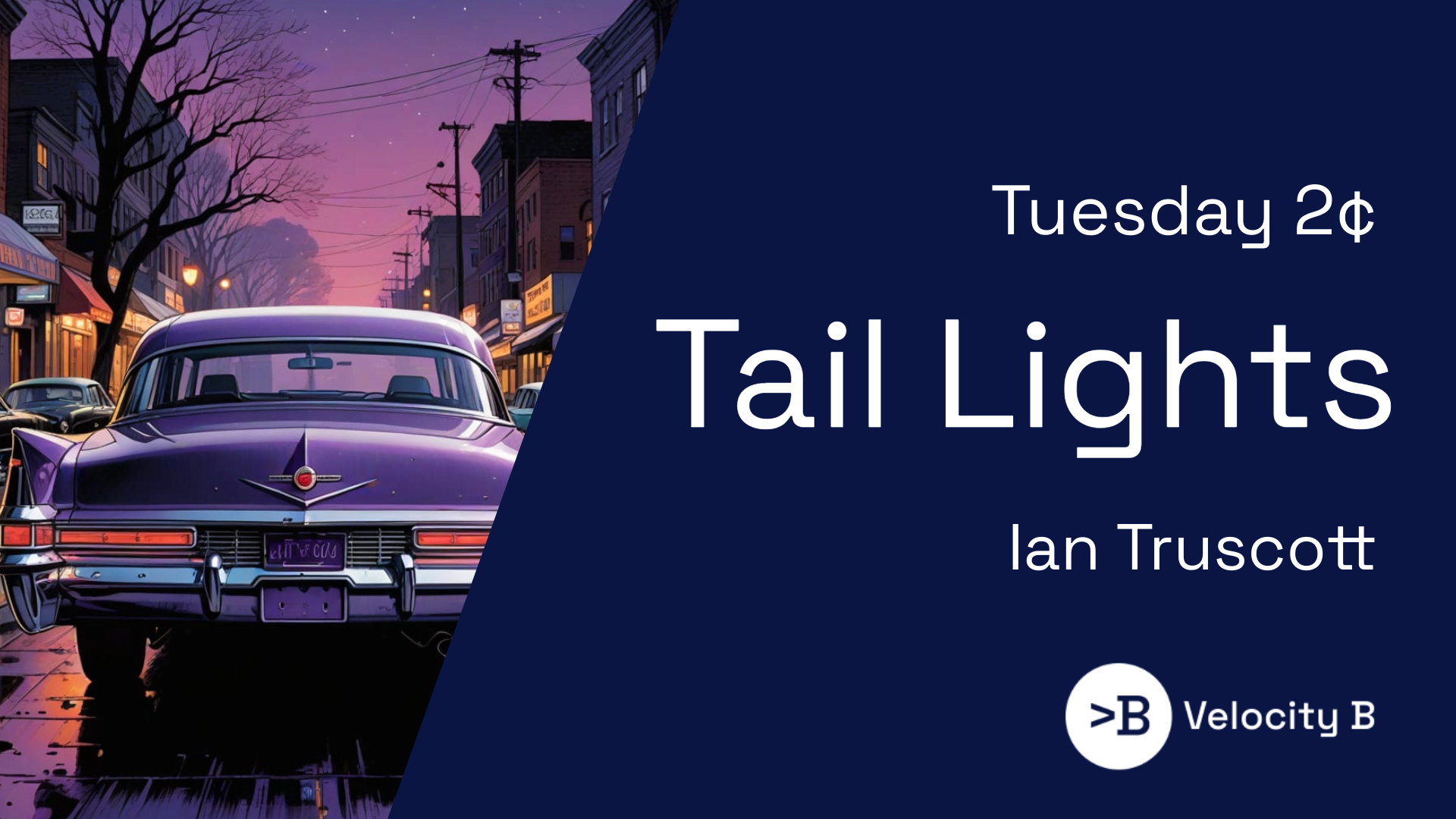Tail Lights
Being a challenger in a category is not following the leader, or being distinct; it's being different.

Being a successful challenger in a category is not following the leader, or even about being distinct; it's doing things differently.
You’ve probably seen this yourself. At various points as I climbed the greasy pole of my marketing career, I witnessed a strategy that seemed to be focused on the tail lights of the leading vendor in the category.
Hiring decisions are made, seemingly solely based on the credibility of this vendor’s name being on their resume, as if this will somehow capture their spark.
Strategic questions are answered with the question, “What would Bigdog Co. do?”, and their every move is obsessively watched and reported on Slack.
Of course, these comparisons are flawed.
A category challenger who is not the dominant vendor probably doesn’t have the resources. In marketing, we only see what pops into our feed, that bit of their marketing iceberg that pokes up the waterline; we have no idea what is going on beneath.
But, more critically, all this, which we might euphemistically call marketers “being inspired by” the vendors around them, creates the sea of beige B2B bullshit that confronts the buyer, as everyone in the category looks the same.
However, a rant about differentiation isn’t the point of this short post.
The point I want to make this week is that even if you were to capture their spark, execute the same strategy flawlessly, hire their key executives, all the things, there is a fundamental difference, which means that this tail light obsession will fail.
The companies have different goals.
The goal of the leading vendor is to protect their position, retain customers, “park the bus” if I were to use a football (soccer) analogy, and play defence.
Yes, of course, they want to poach a marquee client from the #2 vendor and return some growth to their investors and shareholders, but they’ve captured the flag and want to keep it.
This, of course, drives their strategy and marketing motions; for example, those big, flashy customer events are essential to keep people in the tribe.
A challenger has a different growth objective and to deliver on it, needs to be disruptive and be different to the core in how they operationalize behind this growth mission, beyond just being visually distinct, or having a different take on the category.
And as an aside, it also means that those Bigdog Co. executives whose resumes are so coveted have different skills and expectations and may not be right for this mission. (I’ve seen that).
I’ll be honest, I wrote this and when I read it back I thought, stating the bleedin’ obvious there fella.
And you might be thinking this too 🙂
But if it were, why are so many driving their strategy this way?